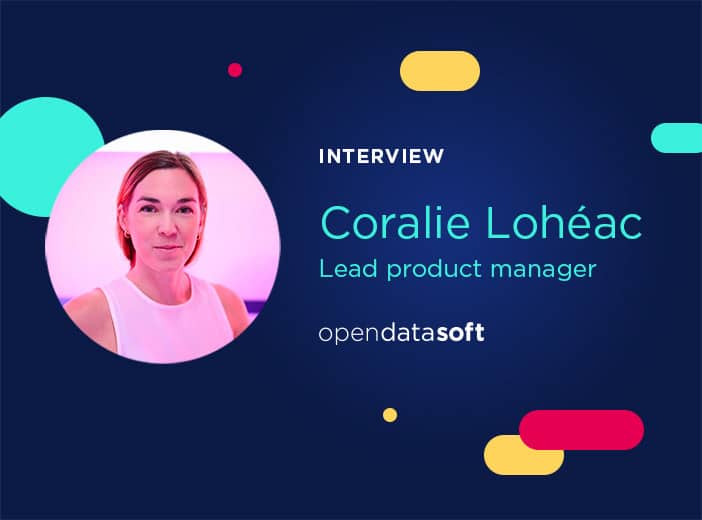Glossary
Data join
Data join involves combining multiple datasets into one, increasing the relevance of data and enabling deeper analysis.
Organizations now have access to a wide variety of datasets from internal systems, open data and from partners and suppliers. Combining these datasets can reveal new insights or create new use cases and innovation. Data join, sometimes called data merging or data blending, is therefore a key part of an organization’s data strategy.
What is a data join?
Data join involves combining multiple datasets into one, increasing the relevance of data and enabling deeper analysis.
Data joining is normally carried out by data experts who take care of standardizing data formats, check data quality or anonymize information if required. A solution like Opendatasoft allows you to perform all these steps thanks to an all-in-one platform.
What are the benefits of data merging?
Data join delivers multiple benefits, allowing organizations to:
- Make better decisions: as information is enriched, it gives deeper, more informed insight that can be used to solve problems or improve existing processes.
- Create new and innovative services: data merging makes it possible to make a dataset meaningful when it was not before. For example, it could provide time or geographical data to give context to monitoring data. This added value allows organizations to create new, innovative services.
- Democratize data for everyone: integrating data with reference datasets allows organizations to create more impactful data visualizations and to provide points of comparison. These steps are essential to make data understandable and useable by all.
How do you integrate data?
Data join is vital to organizations of all sizes. To ensure successful data merging processes organizations should follow these best practices:
- Ensure data compatibility and interoperability: Transform data into a standard format to better combine and exploit it.
- Use the right tools: To simplify data processing and integration, organizations should use tools that can store, collect, format, sort and analyze large amounts of data from a range of solutions and formats.
- Ensure data quality: Before integrating multiple datasets, it is important to ensure that the data is reliable, relevant and high quality. Appointing data stewards responsible for each dataset helps with this process..
- Implement a data governance policy: This provides a framework for the use of data and ensures compliance, security and protection of confidentiality. It is vital that everyone involved with data understands and follows governance policies at all times.
Opendatasoft allows you to integrate multiple datasets in just a few clicks. Moreover, you can directly reuse public datasets available on our Data hub.
3 examples of data join
Data joining delivers benefits across a range of use cases and sectors.
Here are some examples:
- Integrating data with a geographic reference dataset: This is the most common example of data merging. For example, combining data on parking lot occupancy with geographical information allows it to be visualized as an easily-understandable map.
- Integrating B2B customer data with business information/government databases: This allows organizations to add to their data with information such as zip code, workforce, activity, etc. This is an opportunity to enrich customer knowledge with detailed, high-quality information.
- Integrate data from partners with your own database to enrich your knowledge and develop new business opportunities.
Learn more

Blog
Data virtualization: securely share your data on your marketplace, without duplicating or moving it
Data virtualization transforms the way organizations share and use their data. It allows data from external sources to be explored and consumed securely, without the need for duplication. In this article, Coralie Lohéac, Lead Product Manager at Opendatasoft, explains how deploying data virtualization within a data marketplace opens up new perspectives for data sharing and value creation within organizations.

Blog
Transforming public data into value – lessons from Australia
Cities and municipalities create huge volumes of data - but ensuring it is used effectively by every department to engage stakeholders and build trust can be difficult. Using real-world examples from a new ebook published by our partner Peclet, we explain how municipalities can truly turn data into value.

Blog
Data lineage: the challenges and benefits
Data lineage has become crucial for enterprise data management. With the increasing volumes of data used in decision-making, it's critical to know where it comes from, how it's been transformed, and where it's flowing to. Data lineage brings this transparency, improving data quality, governance, and compliance.
